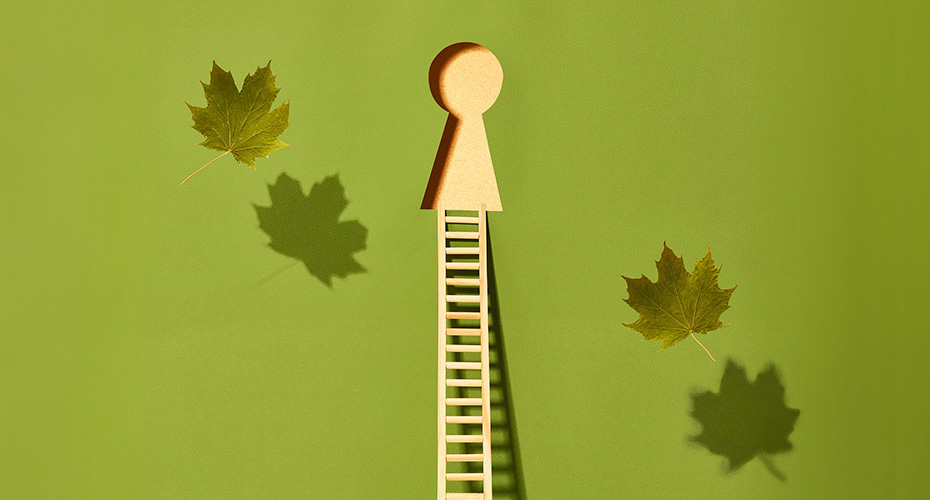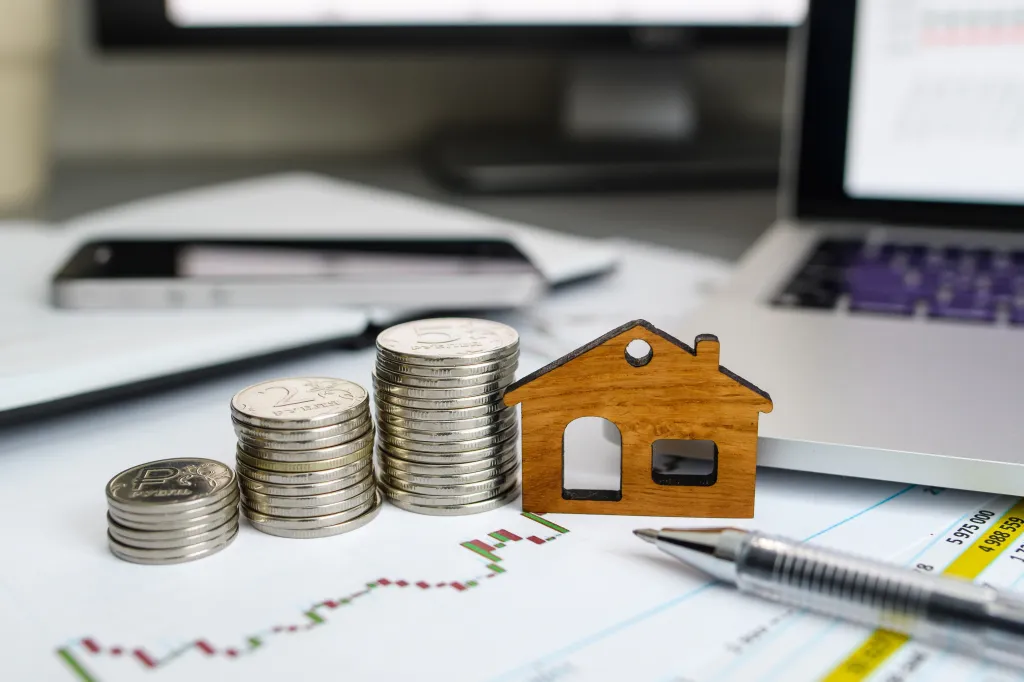Buying your first home in Canada is an exciting milestone, and one that is often high on one’s to-do list upon arrival. According to a recent RBC survey, 65% of respondents who arrived in Canada in the past five years plan to buy a home in the next two years.
If you’re looking to purchase a home in the near future, it’s important to understand how home buying works in Canada, and which savings and investment tools can help make your purchase easier. Read on for useful information to help you get started.
What’s different about buying a home in Canada?
There are some key difference between the home-buying process in Canada as compared to other countries, and even if you’ve bought property elsewhere previously, some of these differences might be unexpected. These include:
-
The blind auction system. In Canada, the asking price for a home is often just a starting point. Buyers make their offers to the seller in private, and don’t get to see what others are offering. This can sometimes lead to bidding wars that might push prices out of your budget.
-
The high cost of housing. The average purchase price of a home in Canada (as of December 2024) is about $700,000, but in some cities like Toronto and Vancouver, the average price is about $1.2 million. This is among the most expensive housing in the world, by average purchase price.
-
Strict guidelines on down payments. The minimum down payment needed to buy a home in Canada is a percentage of the total purchase price. The percentage varies depending on the property’s purchase price, as listed below.
Purchase Price of Home Minimum down payment $500,000 or less 5% of purchase price $500,001 to $1,499,999 5% of the first $500,000 of the purchase price,
plus 10% of the portion of the purchase price above $500,000$1.5 million or more 20% of purchase price Therefore, the minimum down payment for a home in Canada based on the national average purchase price is approximately $45,000; and based on the above-noted average purchase price of $1.2 million in larger cities, a down payment closer to approximately $100,000 or more may be required.
-
The mortgage stress test. Under Canadian mortgage rules, all federally regulated lenders must consider a new borrower’s ability to afford their payments for a mortgage loan, even if interest rates go up in the future. This assessment, called the mortgage “stress test,” can potentially lower the principal amount for which you qualify. Therefore, depending on the purchase price of the property you which to buy, it is possible that you may need even more money for your down payment.
-
Shorter mortgage terms. Fixed-interest mortgages in many countries can last 15 or even 30 years, giving homeowners the confidence that their payments won’t increase, But in Canada, most lenders will only lock in rates for 10 years at the most, with five years being the most common term. That means your monthly payments could potentially increase when you renew your mortgage at the end of the term, depending on the prevailing market conditions at the time you renew.
-
Mortgage default insurance. If your down payment is less than 20% of the home’s purchase price, you must buy mortgage default insurance, which requires that regular premium payments be made. This should be factored into your housing budget.
Saving for a Home: Investment Accounts That Can Help
Saving enough money to be able to purchase your first home can feel daunting, especially when you consider all the factors listed above, but here are a couple types of investment accounts that can help you save up faster, as outlined below.
Registered Retirement Savings Plan (RRSP)
An RRSP is a type of savings account that typically helps Canadians invest for retirement, but you can also use it to help purchase your first home through the Home Buyers’ Plan (HBP). Here’s how it works:
-
You can contribute up to 18% of your annual income (up to a set maximum amount) each year
-
You get several tax benefits:
-
Your contributions are tax deductible (less income tax means more money to put toward your first home)
-
Your investments in the account can grow tax-free
-
Usually, you pay tax on RRSP withdrawals, but under the HBP, you can take out up to $60,000 tax free to buy your first home
-
-
Funds must have been in your RRSP for at least 90 days to qualify for the HBP
-
You must pay back any money you withdraw from your RRSP within 15 years, beginning the second year after the year in which you made your first withdrawal
-
Participants making a first withdrawal between January 1, 2022 and December 31, 2025 can defer the start of the fifteen-year repayment period by three years
-
-
The minimum yearly repayment required is 1/15th of what your borrowed
-
If you don’t make your yearly payments, you will be required to pay tax on those amounts
First Home Saving Account (FHSA)
The FHSA is a new account type designed specifically for first-time home buyers. Here’s what makes it unique:
-
Once you open an FHSA, you can contribute up to $8,000 per year (contribution room only accumulates once you open an FHSA)
-
The lifetime contribution limit is $40,000
-
You get several tax benefits:
-
Your contributions are tax-deductible
-
Your investments in the account can grow tax-free
-
You pay no tax on funds withdrawn to buy your first home
-
-
The account can stay open for up to 15 years (or until you turn 71)
-
If you don’t use the money to buy a first home, you can move the money to your RRSP without affecting your RRSP limits
Which Account Should You Choose?
You can actually use an RRSP and an FHSA together to save money for your first home and combine the benefits of both accounts. Plus, if you’re purchase your home with a spouse, you can each use the programs individually to increase your tax-free savings.
To start, the FHSA is usually a good choice because:
-
Contribution room is not dependent on income
-
There is no minimum number of days that funds must stay in the account before you can withdraw them to purchase a home
-
You never have to pay back into the account the money you take out
-
You can keep your RRSP funds for your retirement needs
You might prefer to use the HBP if:
-
You already have money in your RRSP
-
You need more than $40,000 for your down payment
-
You’ll be able to either pay the money back into your RRSP over time when due each year, or else pay applicable tax on those funds
Other Important Things to Know
Before you start house hunting, here are some other steps you may want to take:
-
Get pre-approved for a mortgage. This is the only way to find out how much you’ll likely be able to borrow, and how much you need to save. Some lenders have special mortgage options that make it easier for new Canadians to qualify. For example, RBC’s Newcomer Mortgage program makes it possible for qualifying newcomers to get a mortgage in the first five years of arrival in Canada, with or without a credit history.
-
Save money for closing costs. Budget additional money – about 3% to 5% of the home’s price – for extra expenses at closing, such as land transfer tax, home inspections and legal fees. (Note, however, that these costs can sometimes be significantly higher in some circumstances, so you’ll need to plan your finances accordingly.)
-
Be mindful of timing. As you get closer to buying your home, you may want to consider moving your money into investments that are lower risk.
Buying a home may work differently in Canada than it does in other countries, but by understanding the rules and processes that apply in Canada and using the right accounts, you could grow your investments faster while potentially saving money on taxes.
This article is intended as general information only and is not to be relied upon as constituting legal, financial or other professional advice. A professional advisor should be consulted regarding your specific situation. Information presented is believed to be factual and up-to-date but we do not guarantee its accuracy and it should not be regarded as a complete analysis of the subjects discussed. All expressions of opinion reflect the judgment of the authors as of the date of publication and are subject to change. No endorsement of any third parties or their advice, opinions, information, products or services is expressly given or implied by Royal Bank of Canada or any of its affiliates.






